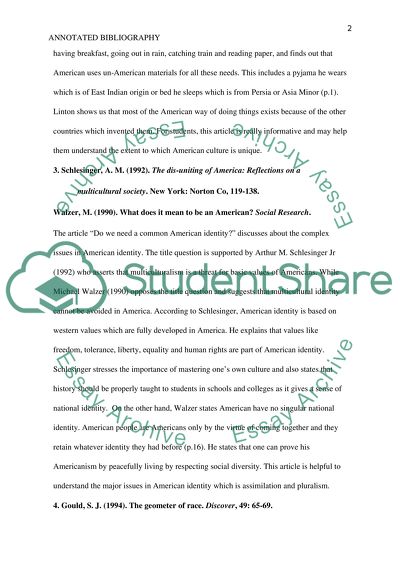Understanding Whiteness or white identity Annotated Bibliography. Retrieved from https://studentshare.org/education/1657213-understanding-whiteness-or-white-identity
Understanding Whiteness or White Identity Annotated Bibliography. https://studentshare.org/education/1657213-understanding-whiteness-or-white-identity.


